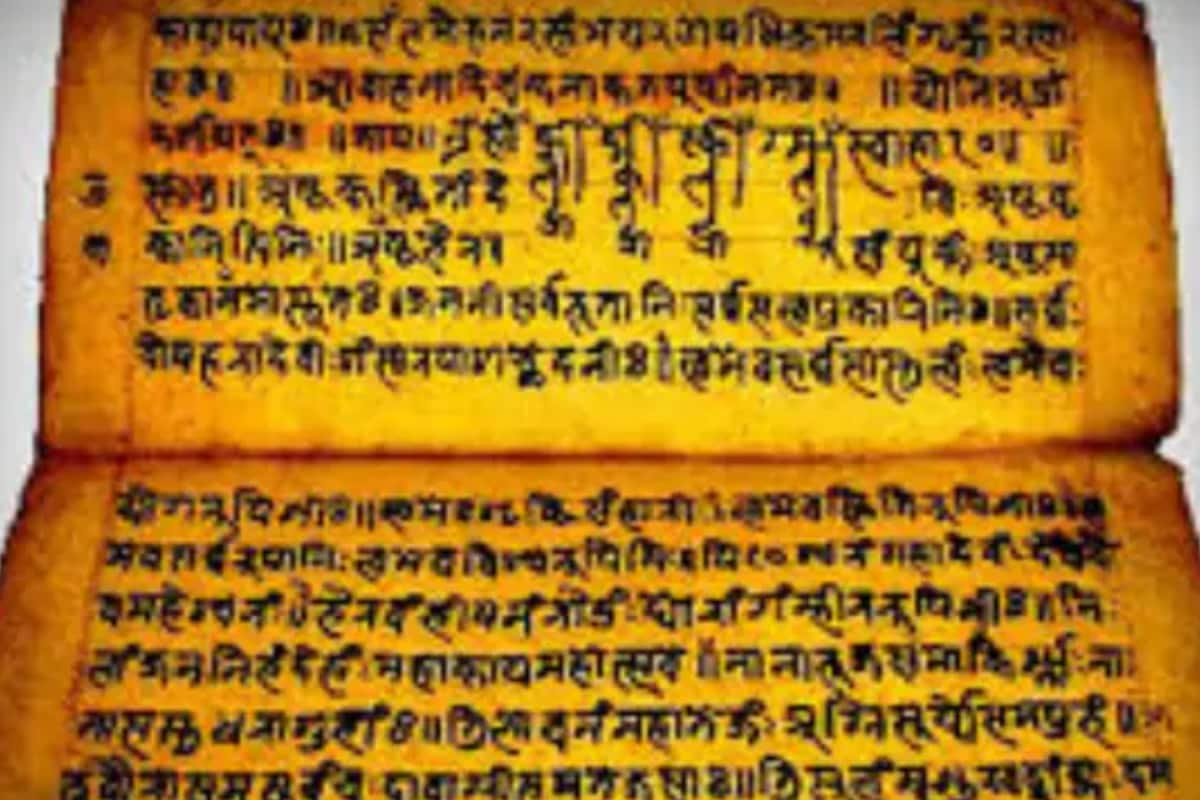

The claim that Sanskrit is going extinct and can only be saved by the census is a recurring topic of discussion in India. While it's true that the number of people who report Sanskrit as their mother tongue is relatively low, the language's influence and presence in Indian society are more complex than a simple headcount suggests.
Census Data: A Limited View
The Indian census does collect data on languages, including Sanskrit. However, the way the census is conducted may not fully capture the extent of Sanskrit knowledge and usage. The census primarily asks about a person's "mother tongue," which is defined as the language spoken in childhood by the person's mother. In the 2011 census, only 24,821 people in India reported Sanskrit as their mother tongue, which is a tiny fraction (0.00198%) of the country's total population. While this number might seem alarming, it doesn't tell the whole story. Many individuals may have proficiency in Sanskrit without it being their primary language. They might learn it through traditional education, religious studies, or personal interest. Their ability to read, write, and understand Sanskrit texts, or use it in religious rituals, wouldn't necessarily be reflected in the "mother tongue" data.
Sanskrit's Enduring Influence
Sanskrit holds a significant place in India's cultural and linguistic heritage. It is considered the "mother of nearly all Indian languages" by some, particularly those belonging to the Indo-Aryan family. Many modern Indian languages, such as Hindi, Marathi, Bengali, and Gujarati, derive a significant portion of their vocabulary and grammar from Sanskrit. Even Dravidian languages like Kannada and Telugu have been influenced by Sanskrit. Beyond its linguistic impact, Sanskrit is the liturgical language of Hinduism and has been used for centuries in religious ceremonies, philosophical discourse, and literary works. This means that even if people don't speak Sanskrit fluently, they may still encounter it in religious contexts or understand certain Sanskrit words and phrases.
Revival Efforts and Modernization
Despite the decline in the number of native Sanskrit speakers, there have been ongoing efforts to revive and promote the language. Organizations like Samskrita Bharati conduct workshops and courses to popularize spoken Sanskrit. Sanskrit is also being integrated into modern education through curriculum development, scholarships, and institutional support. Some states in India have even declared Sanskrit as a second official language. Furthermore, efforts are being made to modernize Sanskrit by creating digital tools, mass media content, and technological applications. The recent introduction of Sanskrit interpretation in the Lok Sabha is another step towards bringing the language into the mainstream.
The Importance of Comprehensive Data
While the census data on Sanskrit speakers may be limited, it does highlight the need for more comprehensive data collection methods. Instead of solely focusing on "mother tongue," the census could also gather information on people's ability to read, write, and speak Sanskrit, as well as their usage of the language in different contexts. This would provide a more accurate picture of Sanskrit's presence in Indian society and help inform efforts to preserve and promote it. It's essential to compile the number of citizens who have knowledge of Sanskrit, potentially starting with the number of students studying Sanskrit in schools and universities.
In conclusion, while the census data may suggest a decline in the number of native Sanskrit speakers, it doesn't necessarily mean that the language is on the verge of extinction. Sanskrit continues to exert a strong influence on Indian languages, culture, and religion, and various revival efforts are underway to ensure its survival. A more comprehensive approach to data collection is needed to accurately assess the state of Sanskrit and guide future preservation efforts.